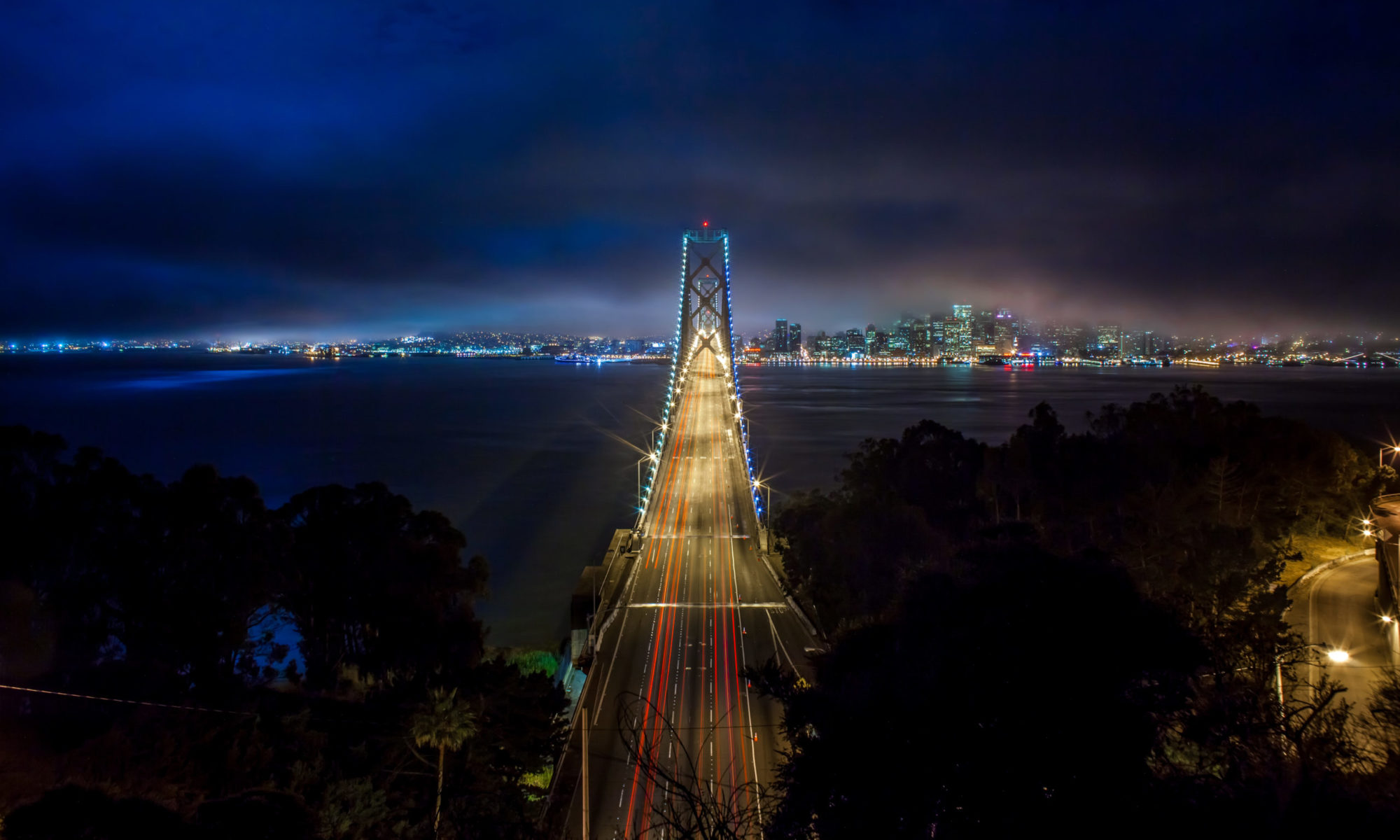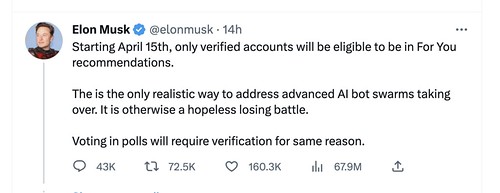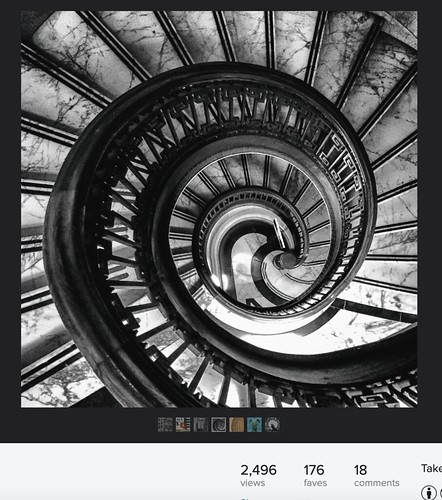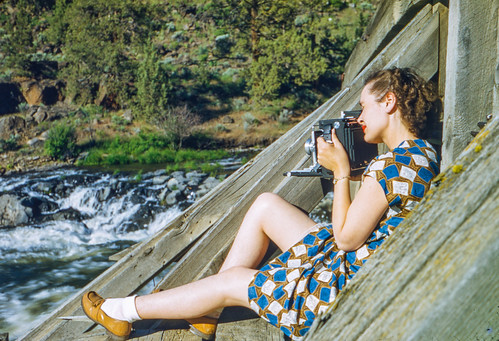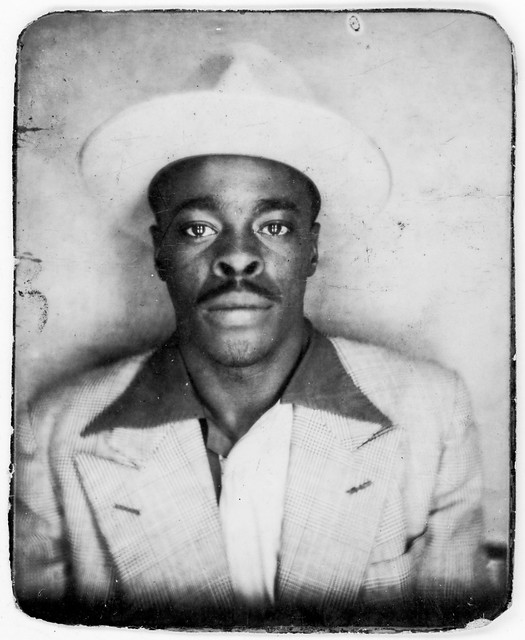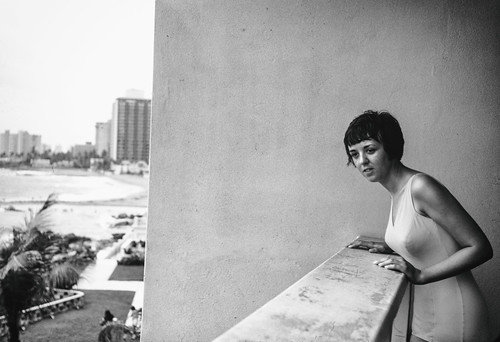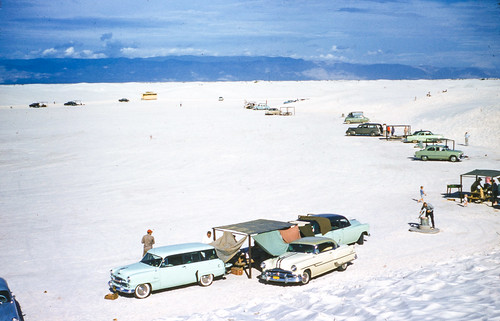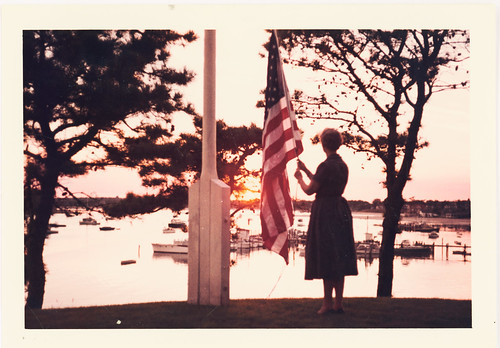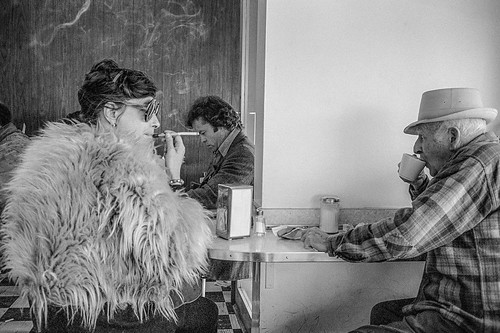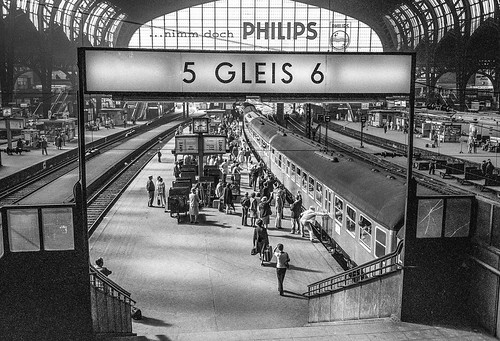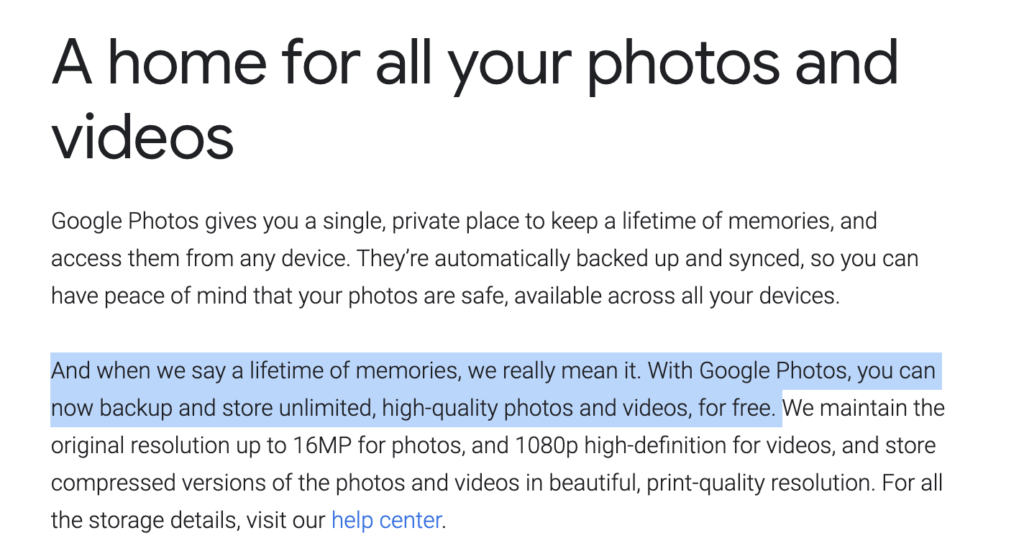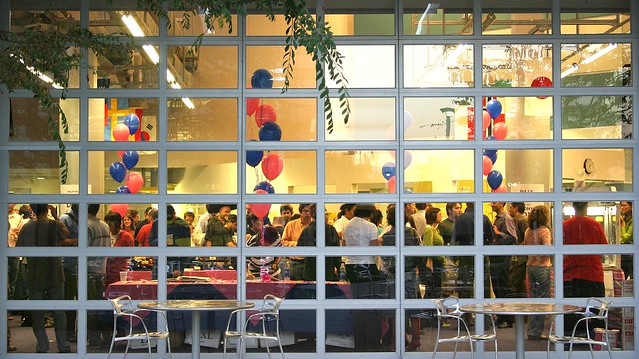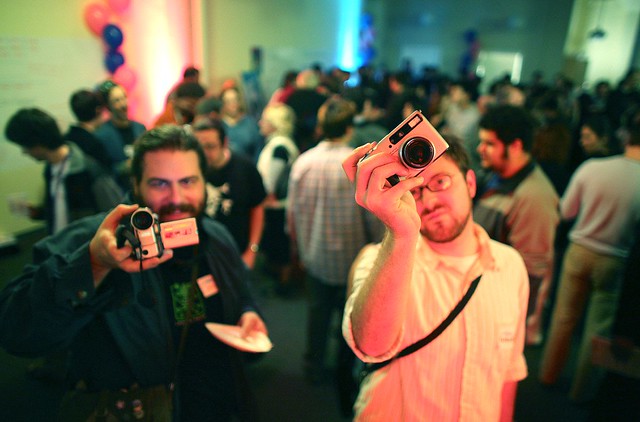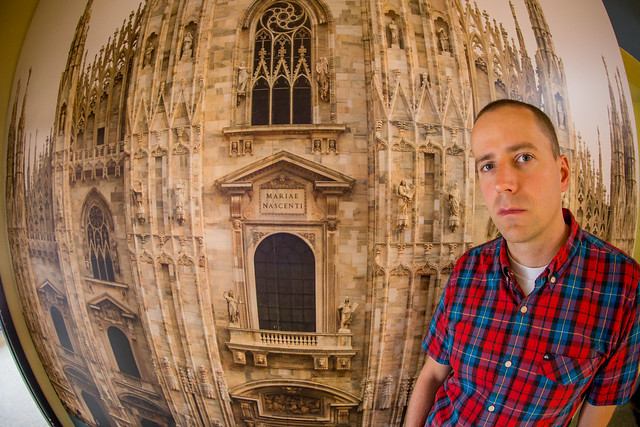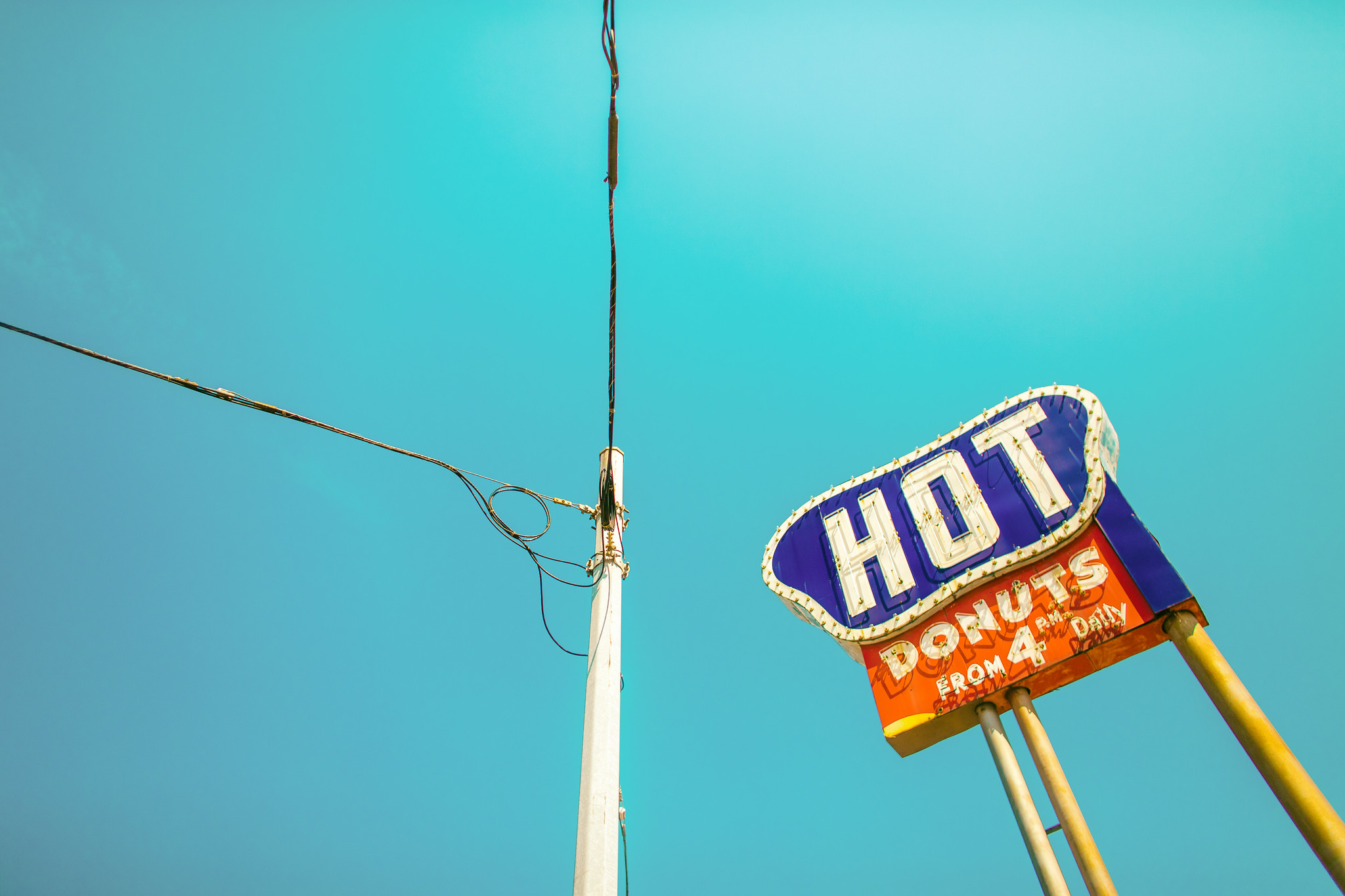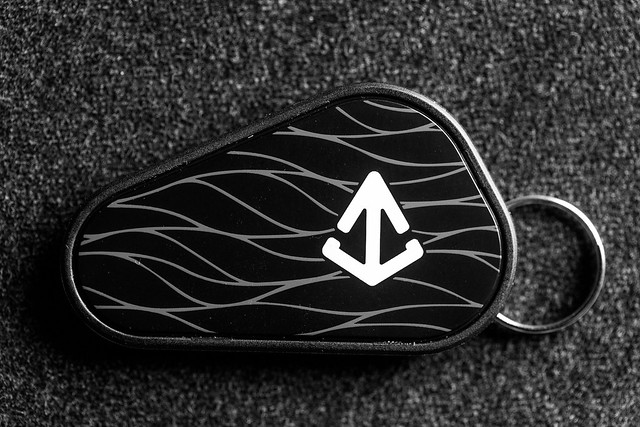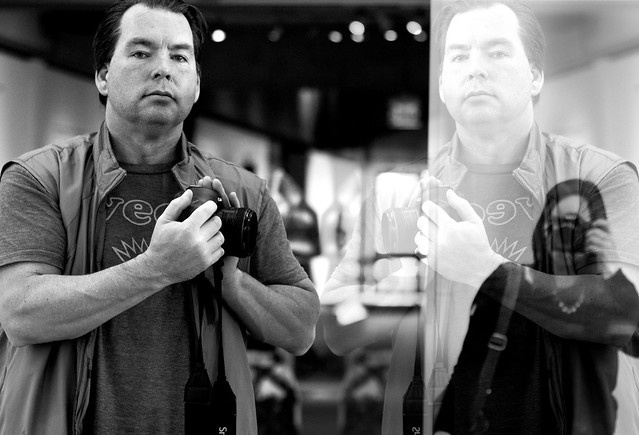Boom! And just like that Elon Musk dropped a game changer.
After several months of encouraging people to pay $7/month in the form of $84/year, Elon announced yesterday that starting April 15th, only verified Twitter accounts will be eligible to be in the “For You” tab. This was also after he announced that everyone who had an old legacy blue verified account (including me) will now lose their blue check marks and verification starting April 1 — yes that also includes even you too William Shatner.
As you’d imagine the critics are howling. Nobody likes to pay for anything on the internet, especially when we’ve been getting it for free as long as we have.
Many of the same critics, who’ve supposedly already left Twitter for Mastodon (or Mastdonkeykong as I like to call it), are now hoping mad claiming that they will never, ever, ever, ever pay for a blue check mark as long as they live! Some of these chicken little types are also the same ones who assured us that Twitter would be dead by the end of the weekend after Twitter asked their employees to click on a little link promising to work hardcore if they were going to stick around before the mass layoffs.
Well, Twitter is not only still here, but seems to be pretty much the same as it ever was as far as I can tell, chirping along just fine. Apparently the New York Times doesn’t care for the new automated response from their furloughed comms team, but for the rest of us Twitter feels like the bird park as usual, to me at least.
After thinking about this decision to restrict the “For You” tab to paid accounts I’ve realized why this is probably a pretty good decision on Twitter’s part. As much as many (especially many on the left with an ax to grind) like to paint Elon as inept at business strategy, as Dave Winer reminds us, “people who say he’s stupid don’t get how this works. No one who has reached his position in the world is even remotely stupid. Same thing with presidents, or people who reach the pinnacle of accomplishment in anything. There’s a lot more to it than you can see from distance.”
This move may in fact may turn out to be a very smart and savvy move on Elon’s part. I have no idea what percentage of time people spend in the “For You” vs. “Following” tabs on Twitter, but I bet most people spend more time in the “For You” tab (even though many will swear that they never use it).
Because, especially at first, there will be far fewer paid accounts on Twitter than free accounts, this means that a smaller group of people who have paid, will have an enormous advantage in terms of attention/engagement, aka dopamine, on Twitter.
Free accounts will begin to see their reach diminished, as paid accounts see their engagement and reach thrive. I suspect in the end that the dopamine wins out and more and more people end up paying. This is just the first major move Elon has made to promote paid accounts on Twitter. I suspect we will see more and more advantages and strategy pushing paid accounts come over time.
Netflix currently has a market cap of around $145 billion. As a company Netflix relies mostly (at present) on subscription revenue. While Netflix charges more than Twitter, they have the disadvantage of having to pay for content. Assuming Elon can grow his subscription business over time (like Netflix did over time) he has an advantage in that all of the content in his entertainment property (and that’s a big part of what Twitter is) is basically free. We, the users, are the ones providing all the content.
What this means for Elon, is that he very well may turn Twitter’s former largely unsuccessful and ineffective advertising business into the holy grail for any business, reoccurring fee based revenue.
The other thing to keep in mind about Twitter is that we have an election coming up on the horizon. Our country is more divided than ever and people are more passionate about politics than they have EVER been on both the left and the right. For those on the right and many centrists, these individuals will pay. Many in fact already have and proudly sport their blue checks today. Many of these people appreciate the impact Elon has had on free speech on Twitter.
While the left will loathe having to pay Elon, who has been critical of progressives and mocks them as having been infected with a woke mind virus, they will also loathe the idea of ceding important mind share and attention in the world’s most important political town square to those in the center and on the right.
As thought leaders on the left begrudgingly begin to pay Elon for their “fair share” of voice, their own audience and followers will likely give in as well — many on the left fall in line easily when their role models do and especially when something as important as the next Presidential election is at stake.
Another big pot of revenue Elon will be able to claim in this shift to subscription is, ironically, advertising revenue. One of the things that you’ll note about Twitter’s new paid version is that unlike many subscriptions it’s not actually ad-free. Paid users will see half the ads. What that means to an advertiser is that you’ll now be able to advertise specifically to the people who can afford to pay $84/year. This advertising will be able to charge MUCH higher rates than the advertising to the freebie accounts. Most advertisers would much rather advertise to 100 people who can afford to buy their product than to 10,000 who can’t.
I believe Elon’s primary motivation for transforming Twitter into a reoccurring fee based subscription business is both altruistic, to give the world the gift of free speech in the town square while also succeeding in business (financially rewarding himself, his loyal employees and his investors). A subscription model removes the pressure for censorship that comes from a company beholden to the pressure of an advertising market that is susceptible to boycott and other tactics.
There will be losers in this transformation of Twitter of course. At present Elon is citing the bots as his justification for boosting visibility and engagement of paid accounts. Bots, spammers, and other abusives who would violate Twitter’s community guidelines will never pay, because they won’t want to risk losing their money if/when their account is suspended. They will increasingly be diminished in the attention economy. While a lot of focus has been on the bots, even worse than the bots in my opinion are those low follower accounts who are mostly anonymous vitriolic activist accounts. These mostly extreme left wing political activist antifa type accounts simply attack and spew destruction rather than try to actually change opinion with thoughtful discourse or reason. I have blocked many of these accounts already and won’t feel sad about their even further diminished role in our conversations.
Those of us who are photographers may well remember the great rage fest of 2018 when Flickr dropped Marisa Mayor’s free terabyte of storage at Flickr in a change to promote their own more sustainable paid Pro subscription plan. In general free accounts absolutely HATE to start paying, but in the end I believe that subscription plans are better for users. Subscription revenue allows companies to provide better customer service and support, it allows no, or in Twitter’s case less, advertising, and better aligns the interests of the user with their platform.
While Twitter’s new paid model is a sort of blend between paid and ad-supported, it’s also worth noting that Elon has also said that an entirely ad-free account will be introduced at some point (soon?) as well. Hopefully this account will be $12/month which seems fair to me.
I also hope that Twitter offers a “gifting” option on Twitter. This would be a good way for those who have more means to support those who have less but who also still provide valuable and thoughtful conversation to the town square. Maybe Twitter should even offer new annual paid accounts a one month verification gift that they can bestow on another deserving account who is not yet verified. Popular voices could effectively be supported by the larger community to the extent that enough people felt it was deserving and needed when cost is an issue. For many curators in the photography community, for example, what they do is a labor of love. I suspect some would find paying a hardship and it would be nice to have a way for the larger photo community on Twitter to acknowledge and help subsidize their own verified Twitter experience.
